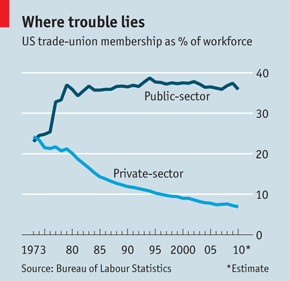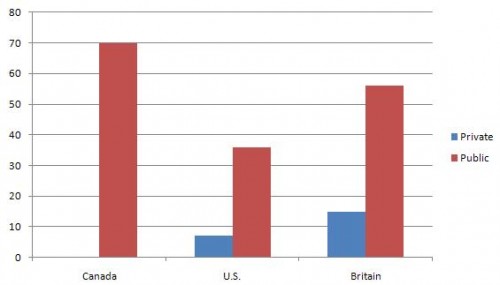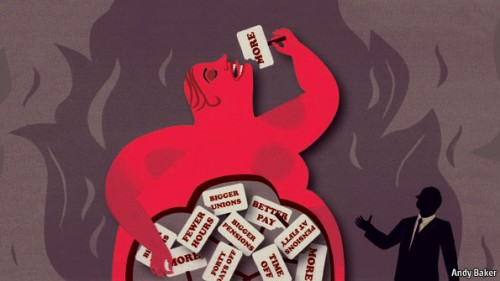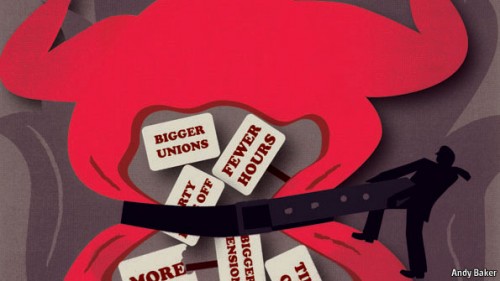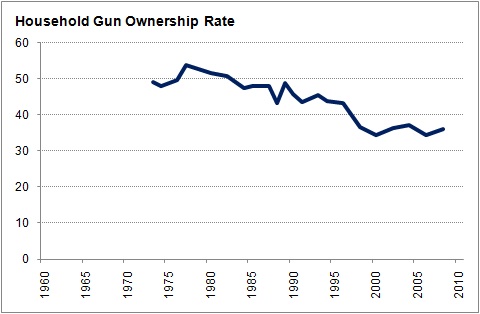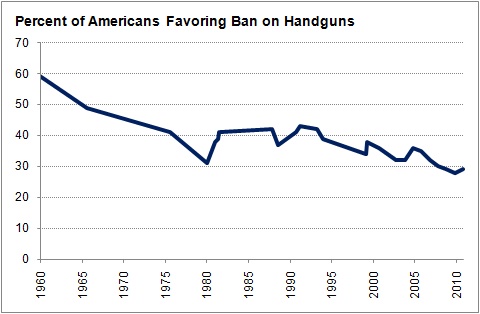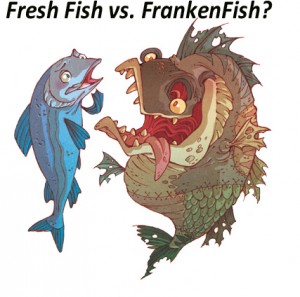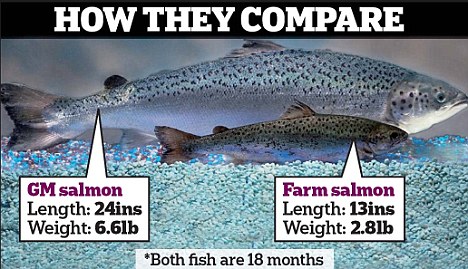Sometimes we save up submissions on a particular topic so we can show several examples at once. And today, ladies and gents, I thought I’d present a few items that, to greater or lesser extent, glamorize brutality toward women or use images of dead women as props. Yes, I know — happy day!
On the less graphic end of the scale, way back in June 2010, Rei sent in these two trailers for the A&E show The Glades, where women exist just as props who manage to remain sexy, despite the deadness:
And some time ago Stefan Mesch, who writes for Die Zeit, let us know about the promotional website for Bret Easton Ellis’s new novel, Imperial Bedrooms. The website includes an interactive game where you’re a casting director and interact with a young woman who wants a part. From the homepage:
So theoretically, you have a choice — you can “exploit your position” or “do the right thing,” which presumably means not degrading or using a woman just because you can. But as Stefan explains, the options in the game are actually quite limited:
The game gives you options to talk to (and “encourage”) her, but they all lead to abuse, sexual harassment…The game rewards you for harassing the girl, and you’re supposed to drive up your personal score of “evil” by making her submit as much as possible.
Here are your first set of options:
I selected “encourage her.” The game then plays out a few seconds of dialogue and then leads to a second decision point, where I have these choices:
At least the first time I had one option to be a decent human being, other than not hiring her at all. I suppose that, in theory, giving someone booze might be a nice thing to do, but I think in this situation, probably nothing good can come of it. I selected that option; the director encourages her to drink when she doesn’t want to, and to drink more than she wants to. And then…
The “make her strip” option isn’t quite as bad as it might seem; when I chose it, she takes off her cardigan, but nothing else. At that point I felt like I’d pretty much gotten the point of the game, and wasn’t particularly interested in exploring how much of an asshole I could theoretically be, so I quit.
But both of those pale in comparison to our finale, readers. Dmitriy T.M. and Hope H. told us to check out Kanye West’s video for “Monster,” in which, among other things, Kanye casually rearranges the lifeless bodies of two women in bed with him:
Images of dead-looking women’s bodies appear throughout the video (which also features Jay Z and Nicki Minaj). I’m putting the rest of the images after the jump, as they might be particularly upsetting to some readers:
more...










